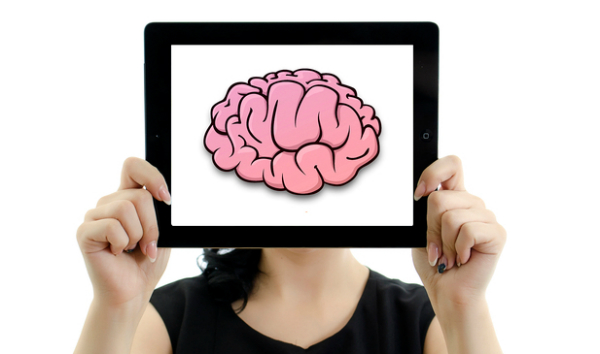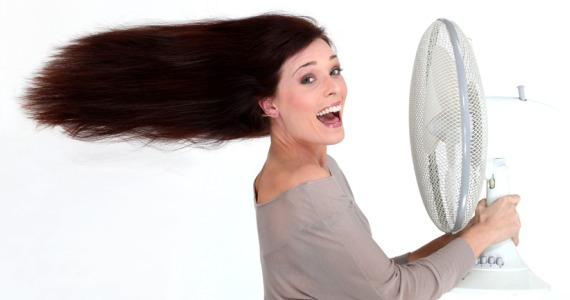If you’ve ever had a hot flash, you know the symptoms are undeniable. Your heart races, the sweat pours off your brow, and your face turns red (good-bye makeup!). While each hot flash might only last a few minutes, many women report that hot flashes have a substantial negative impact on their lives. In fact, up to 15 percent of menopausal women seek medical help because of their hot flashes.
Millions of frustrated menopausal women have spent countless days and nights wondering why they’re having hot flashes. Is it old age? Is it stress? Is the thermostat just set too high? The real reason behind hot flashes is actually quite scientific. Researchers believe they are caused by a complex interaction between a specific part of the brain and a woman’s hormones.
It all starts with the hypothalamus – the part of the brain that regulates body temperature, appetite, sleep cycles, and a variety of hormones. The changing hormones brought about by menopause directly affect the hypothalamus and its regulating capabilities. Estrogen, follicle stimulating hormone, testosterone, progesterone, luteinizing hormone, and cortisol may all play a part in hot flashes. In the case of body temperature, these hormone imbalances cause the hypothalamus to go off the deep end. It mistakenly tells the body that it is way too hot. This faulty response triggers the common symptoms of a hot flash: the heart speeds up, the blood vessels open wide, the skin flushes, and the sweat glands go to work.
Because hot flashes are the result of a miscommunication in the body, scientific researchers have found several different classes of medications that can suppress the mistaken reactions. Examples include blood pressure medications, anticonvulsants, antidepressants, hormone replacement therapy, and some herbal remedies. Doctors also suggest that women employ practical tips to lessen the impact of hot flashes: dress in layers, turn down the thermostat, avoid alcohol and caffeine, practice relaxation techniques, and exercise regularly.
Now that you know what’s causing your hot flashes, do you feel better? The scientific reasoning might not give you much comfort, but rest assured, hot flashes usually subside completely in the first or second year following menopause.
Related Article: Hot Tips For Menopausal Women with Hot Flashes








 If you’ve ever experienced sudden and profuse sweating, you’ve probably had a hot flash. If your family is wearing sweaters indoors mid-summer, you just might be experiencing “nature’s change.” Can’t unload the dish washer without burning up? Yep, hot flashes.
If you’ve ever experienced sudden and profuse sweating, you’ve probably had a hot flash. If your family is wearing sweaters indoors mid-summer, you just might be experiencing “nature’s change.” Can’t unload the dish washer without burning up? Yep, hot flashes.